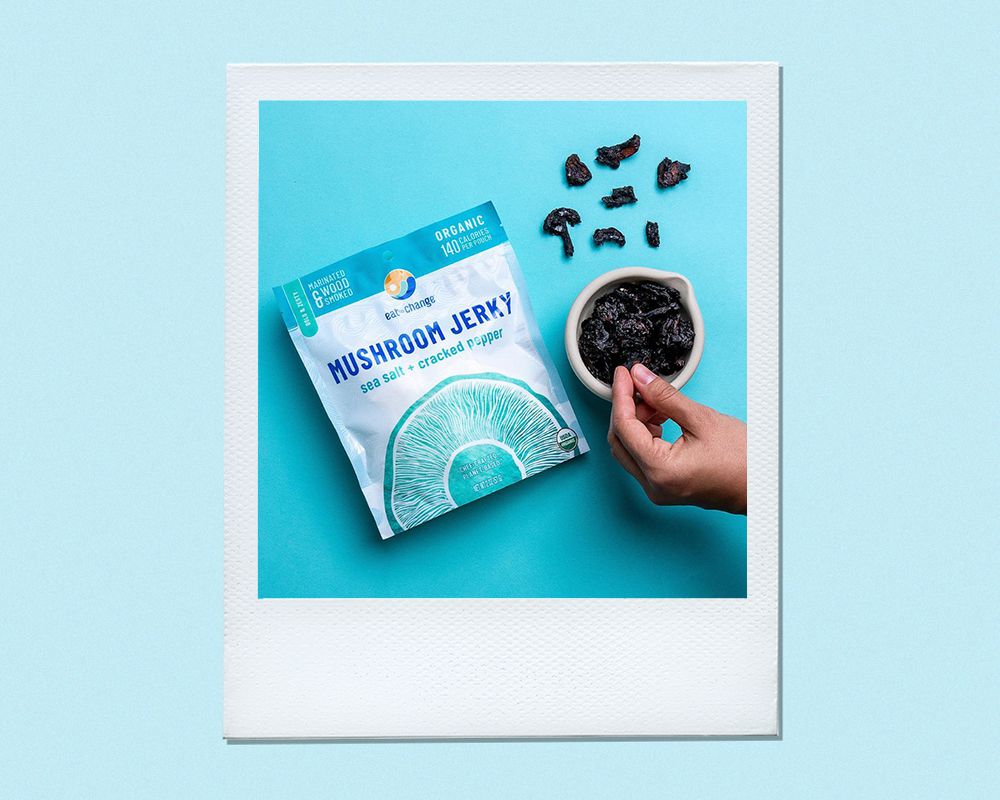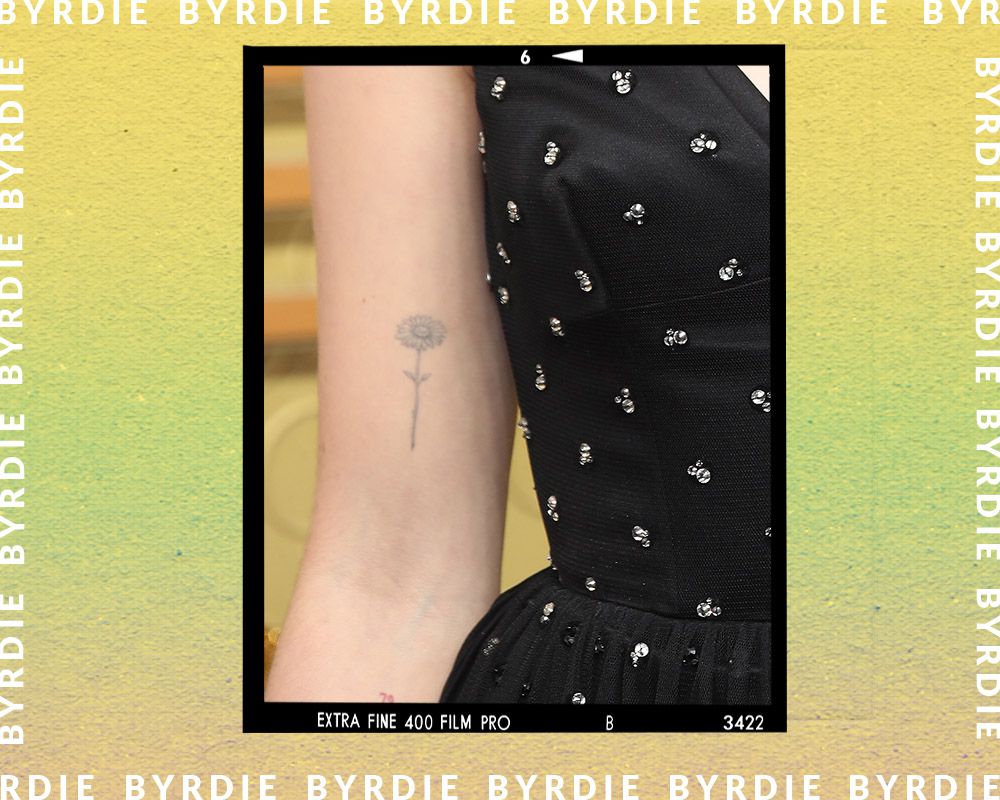Salt Scrubs vs. Sugar Scrubs: How They Differ and Picking the One for You
Exfoliation is a natural process. Your skin “knows” to shed dead skin cells about every 30 days. But that doesn’t mean we can’t help the process along. There are two types of exfoliation: Chemical exfoliation is a process where you apply a concentration of acid to help remove the buildup of dry skin. Mechanical exfoliation, on the other hand, uses physical grit, like a scrub, to slough away dead and dry cells from the outermost layer of your skin. Once the dead and dry skin is removed, dull skin regains its luster and radiance and often has a glow and can feel supple to the touch. When used on the face and body, scrubs can be an invigorating part of your self-care ritual, and can be enjoyed for their sensory properties. Two of the most common scrubs are made from pantry staples—salt and sugar, each composed of natural grit. Whether formulated in a lab or in your very own kitchen, these scrubs can have healing properties and leave your skin soft and energized. But how do you know what formula to apply?
Ahead, a renown dermatologist and Slow Beauty author and Sparitual founder Shel Pink sound off on salt scrubs vs. sugar scrubs.
What Is a Salt Scrub?
Salt is a common scrub ingredient, known as a natural detoxifier and also for its grainy texture. Dermatologist Luigi L. Polla, MD, founder of Forever Institut and Alchimie Forever, says although salt scrubs can be “rich in minerals [depending on the type of salt used], they can be very dehydrating.” He emphasizes they are “not at all suited to dry, sensitive skin types. Salt scrubs will typically stimulate circulation and thus can lead to redness.”
When choosing a salt scrub, look for quality, mineral-rich salts like sea, epsom, and pink Himalayan, each with a host of detoxing properties. These are often full of magnesium, calcium, and potassium, which can benefit skin.
What Is a Sugar Scrub?
Sugar scrubs are also super popular in skincare routines. According to Polla, “sugar scrubs are typically less abrasive than salt scrubs. Sugar is known to help draw water into the skin.”
Pink, who uses coconut sugar in her line of body polishes, says, “Coconut sugar contains vitamins, minerals, and amino acids. Used as an exfoliant, coconut sugar is a natural humectant, adding moisture to the skin, and gently exfoliates to slough off dead skin cells and leave skin with a healthy glow. Coconut sugar is also less abrasive than using salt in a scrub.”
One drawback from using sugar scrubs, according to Polla, is a condition called advanced glycation end, which is essentially when an accumulation of sugar contributes to the aging properties of skin. Polla warns that “pro-aging glycated proteins can accumulate in the skin, destroying collagen and elastin and thus contributing to skin aging. I generally tell my patients to stay away from any sugar ingredients (and from sugars in foods as well!).”
Limit exfoliation to once or two times per week, according to Polla.
Which One Is Right for You?
Polla notes that when choosing a scrub, the most important factor is “to make sure that any physical particles are fine, smooth, and not too abrasive so that no micro-wounds are created in the skin.” If you choose a harsh mechanical exfoliant, your skin can become inflamed.
Bear in mind that, according to Polla, you should never apply a salt or sugar scrub to sunburned skin or “otherwise inflamed skin (for example, immediately post-procedure).”
Bottom line: People with sensitive skin should opt for a sugar scrub with fine grit.
How to Make Your Own Salt and Sugar Scrubs
DIY scrubs can be a fun and easy recipe to enjoy—but not everyone is a proponent of the practice. “I do not believe in DIY recipes for skincare, scrubs or otherwise,” notes Polla. “Skincare product formulation is a true science that must be learned, and the process is not replicable at home.”
Of course, should you experience any reaction from a DIY recipe, stop using it immediately. Although Pink has spent decades with formulators to create her spa-quality line of products for Sparitual, she also shares two DIY recipes for you to make your own scrubs at home.
Ahead, Pink shares her DIY recipe for a sugar scrub.
Pink’s DIY Lavender, Matcha, and Avocado Oil Spring Exfoliating Powder
- 1 cup coconut sugar
- 1 ½ teaspoons matcha tea powder
- 2 tablespoons avocado oil
- 3–5 drops lavender essential oil
“In a bowl, whisk together the sugar and matcha tea until fully blended. Add the avocado oil and lavender essential oil and continue to whisk until the scrub is fully blended,” says Pink. “Use immediately or store in an airtight container at room temperature, and use within seven days.”
Ahead, Pink shares her DIY recipe for a salt scrub.
Pink’s DIY Basil, Maca, and Sunflower Summer Salt Scrub
- 2 cups unrefined sea salt
- 1 tablespoon maca root powder
- ¾ cup sunflower oil
- 3–5 drops holy basil essential oil
“In a bowl, whisk together the salt and maca powder until fully blended. Maca has a tendency to stay clumped, so be sure to break down the clumps prior to adding the oils,” Pink explains. “Add the sunflower oil and holy basil essential oil, and continue to whisk until all the ingredients are fully blended. Use immediately or store in an airtight container at room temperature, and use within seven days.”
The Final Takeaway
When it comes to choosing between a salt scrub and a sugar scrub, gauge the sensitivity of your skin. Additionally, Polla advises you “keep in mind that exfoliation happens even without ‘an exfoliator.’ For example, shaving or using a sonic cleansing brush counts as mild exfoliation; even using a wash cloth to wash your face is a type of exfoliation.” So, you might want to adjust your scrub routine accordingly. Whether you opt for a sugar- or salt-based scrub will also depend on how often you incorporate other exfoliating practices into your daily skincare habits.










